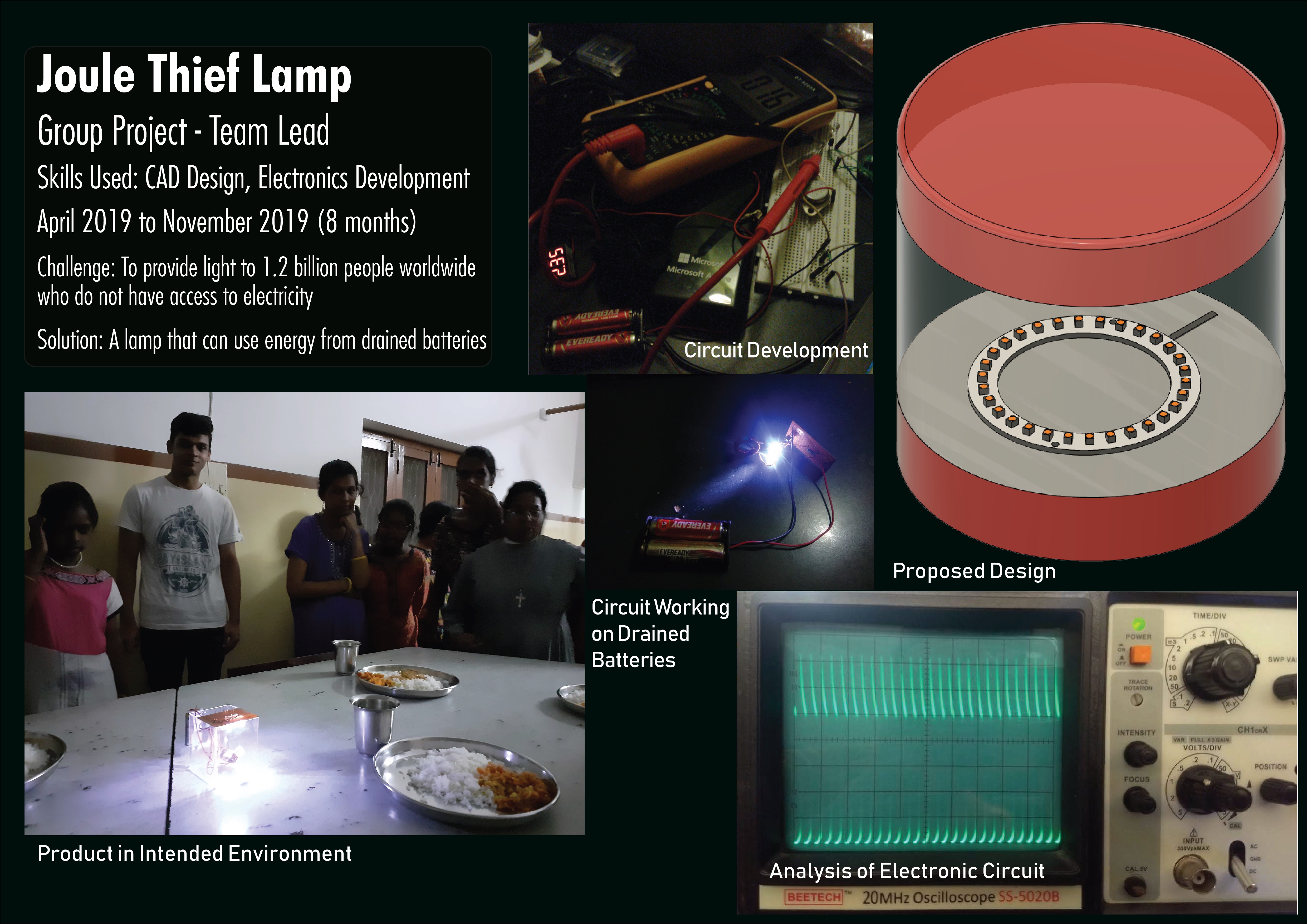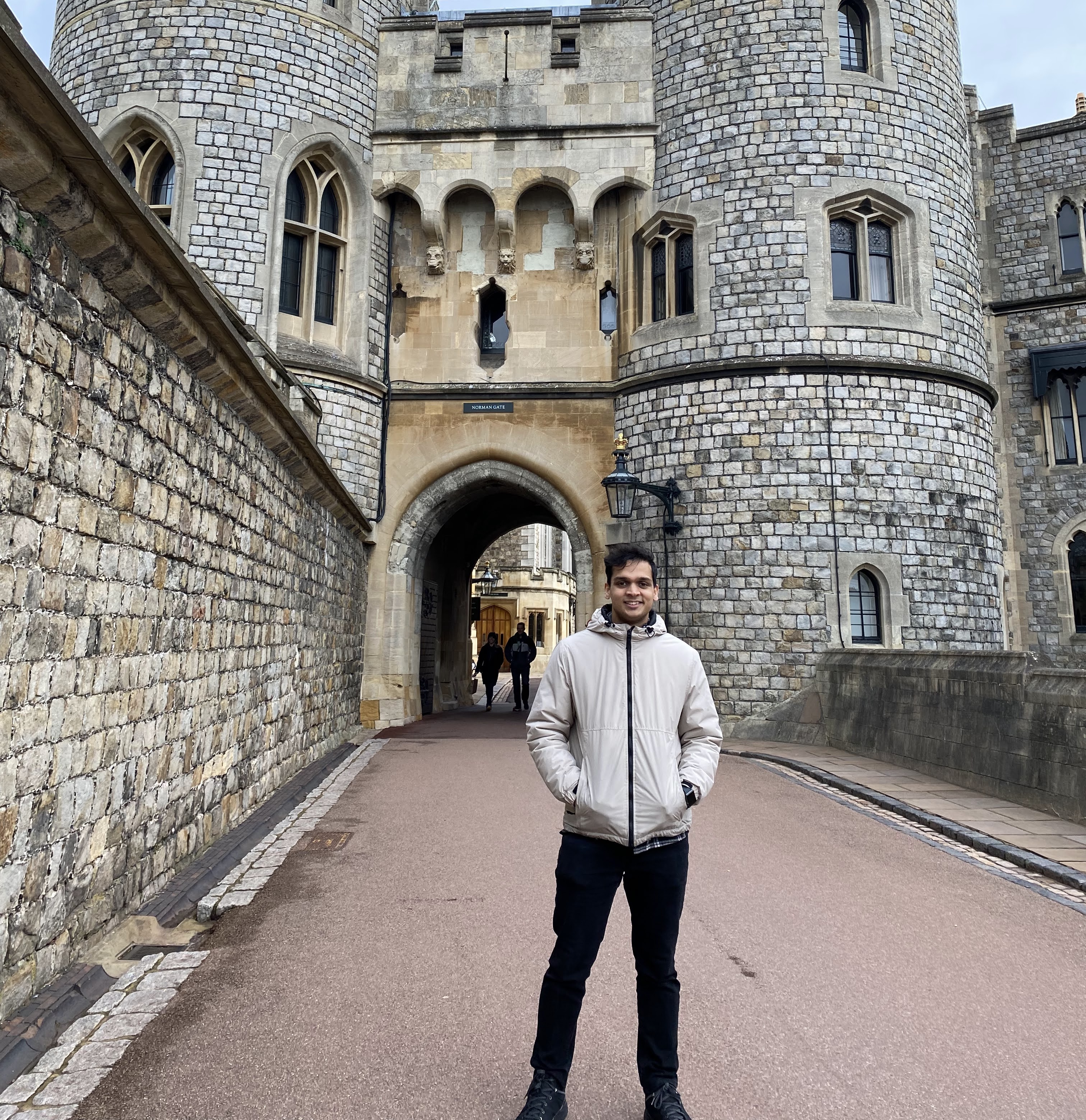Growing up with entrepreneurial parents, I witnessed firsthand the intricate dance of innovation, setbacks, and breakthroughs. My journey began unexpectedly at a Google tech conference when I was thirteen, where I presented a simple home security solution I'd created using an old tablet. What started as a practical solution for my parents to monitor our home remotely turned into my first step into the world of technology and design. In eighth grade, I started "Tech Cosmo for a Better World" developing mobile apps that addressed everyday challenges. One of my first projects helped students capture and enhance their learning experience by automatically converting lecture content to notes and helped annotate images with key concepts for visual learning.
My high school years marked a pivotal shift in my understanding of design's impact. A design course introduced me to user-centric thinking, leading me to create an autonomous transport vehicle that caught the attention of the Indian Space Research Organization. This opened up an opportunity to learn about indoor navigation through mentorship with Honeywell. While working on various projects, I had the chance to visit Cottolengo Special School, where I developed the Joule Thief project – a lamp that could run on residual energy from discarded batteries. After twelve attempts, this solution helped light up dormitories during power outages while addressing electronic waste issues, teaching me crucial lessons about persistence and the importance of understanding user needs deeply.
The intersection of technology and human needs continues to drive my current work. At Procter & Gamble, I've focused on creating prototypes that real users can test and provide feedback on, learning valuable lessons about bringing complex technologies to market. Recently, I've been working on an automated soldering station, farming robot, home assistant devices, and new projects, each building upon insights gained from hands-on development and user feedback.
My work is driven by a vision of the future where technology creates abundance. The automated soldering station aims to accelerate hardware innovation by making electronics development faster and more accessible. Similarly, Zaptrack robots work toward a future where advanced automation dramatically reduces the cost of growing healthy food. These projects all build on principles I learned early on: understand the user, iterate persistently, and always build towards the bigger picture. It's about creating technologies that can scale to transform industries and improve lives.

